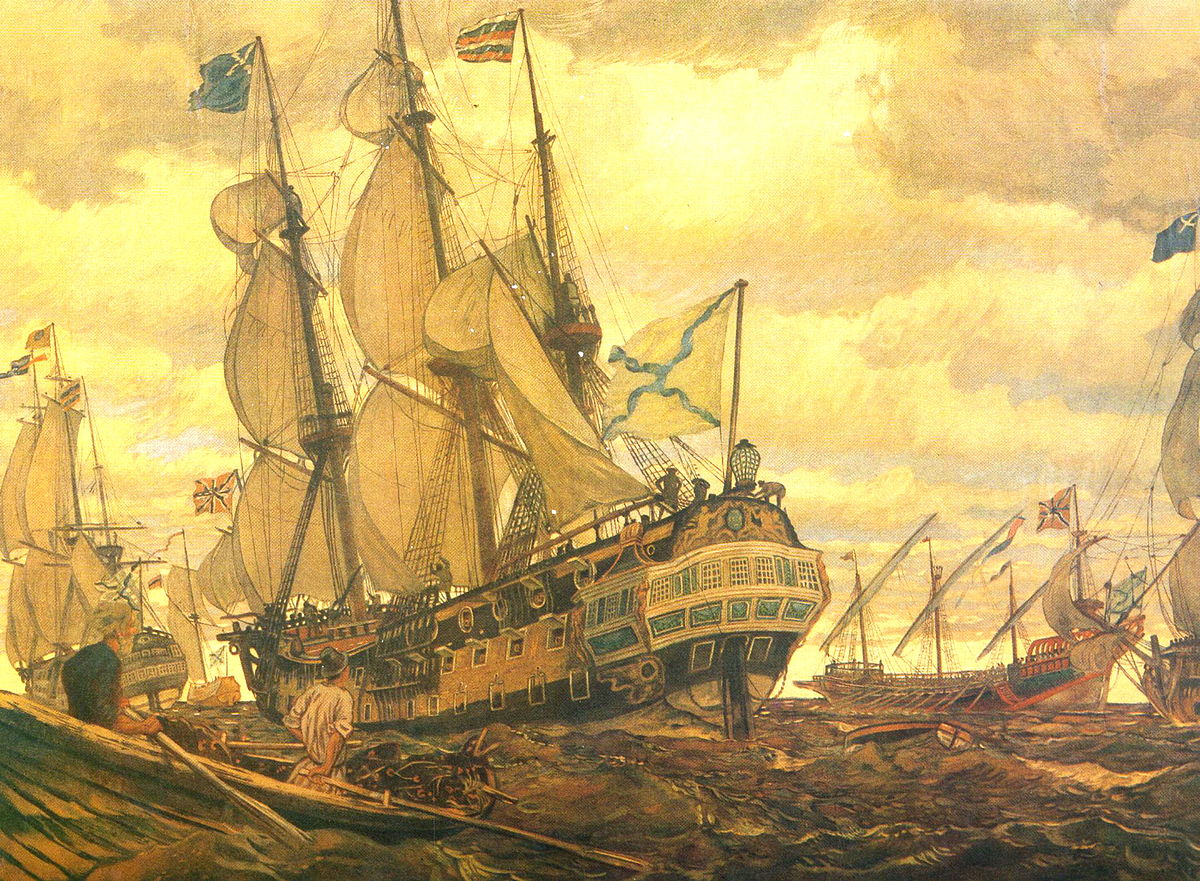
Russo-Persian War (1722–1723)
CaucasusThe Russo-Persian War of 1722–1723, known in Russian historiography as the Persian campaign of Peter the Great, was a war between the Russian Empire and Safavid Iran, triggered by the tsar's attempt to expand Russian influence in the Caspian and Caucasus regions and to prevent its rival, the Ottoman Empire, from territorial gains in the region at the expense of declining Safavid Iran.
Before the war, the nominal Russian border was the Terek River. South of that, the Khanates of Dagestan were nominal vassals of Iran. The ultimate cause of the war was Russia's desire to expand to the southeast and the temporary weakness of Iran. The Russian victory ratified for Safavid Iran's cession of their territories in the North Caucasus, South Caucasus and contemporary northern Iran to Russia, comprising the cities of Derbent (southern Dagestan) and Baku and their nearby surrounding lands, as well as the provinces of Gilan, Shirvan, Mazandaran and Astarabad conform the Treaty of Saint Petersburg (1723).
Ask Herodotus
HistoryMaps Shop

Heroes of the American Revolution Painting
Explore the rich history of the American Revolution through this captivating painting of the Continental Army. Perfect for history enthusiasts and art collectors, this piece brings to life the bravery and struggles of early American soldiers.








